The ArtScience Museum will play host to over 200 artefacts from London's famed Natural History Museum from Nov 25 to April 29. Jose Hong looks at some.
Walk on the wild side of history
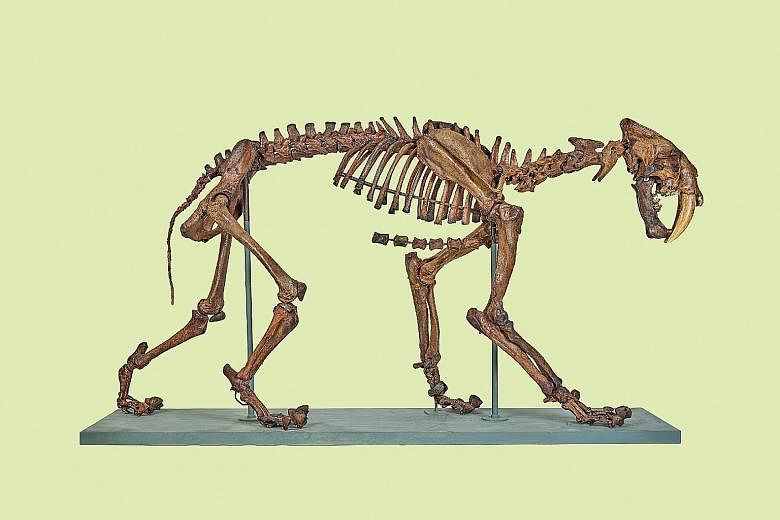
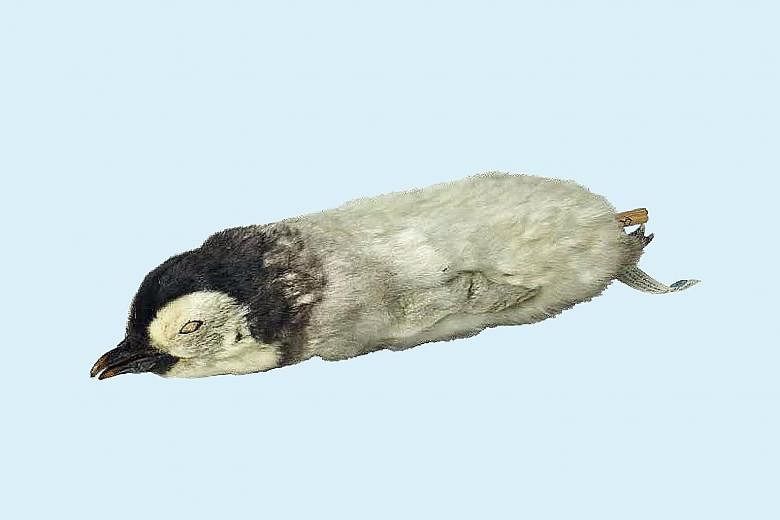
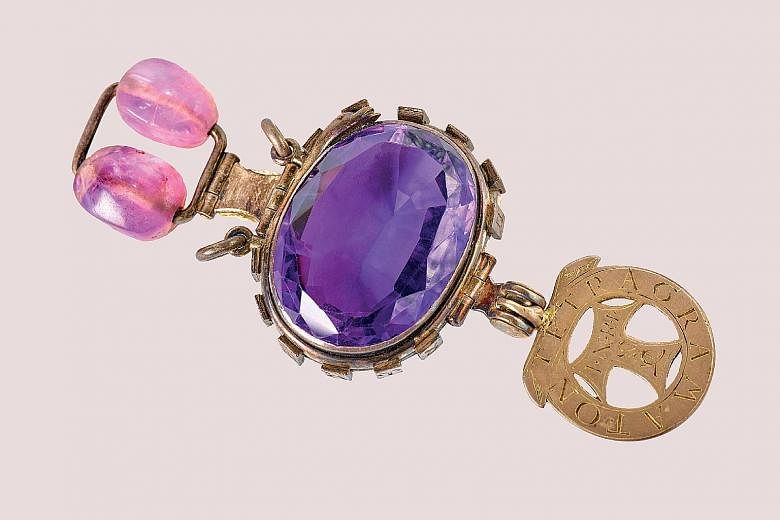
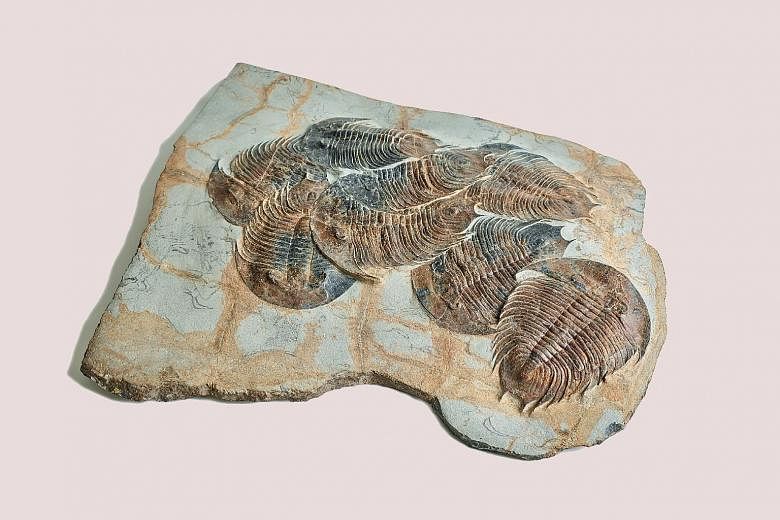
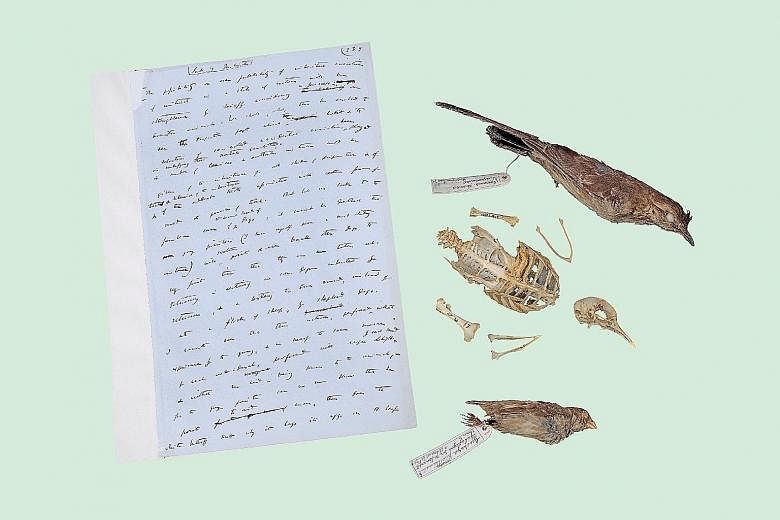
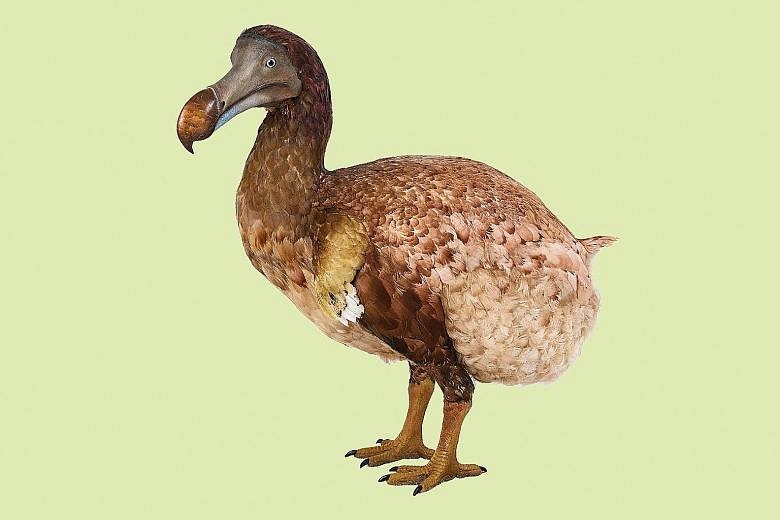
Join ST's WhatsApp Channel and get the latest news and must-reads.
A version of this article appeared in the print edition of The Straits Times on October 20, 2017, with the headline Walk on the wild side of history. Subscribe

